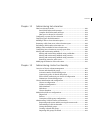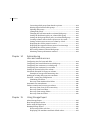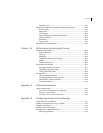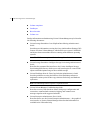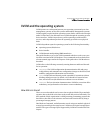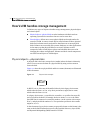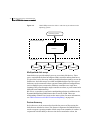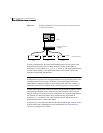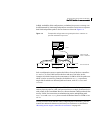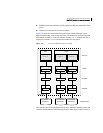
21Understanding Veritas Volume Manager
How VxVM handles storage management
VxVM writes identification information on physical disks under VxVM control
(VM disks). VxVM disks can be identified even after physical disk disconnection
or system outages. VxVM can then re-form disk groups and logical objects to
provide failure detection and to speed system recovery.
VxVM accesses all disks as entire physical disks without partitions.
Disk arrays
Performing I/O to disks is a relatively slow process because disks are physical
devices that require time to move the heads to the correct position on the disk
before reading or writing. If all of the read or write operations are done to
individual disks, one at a time, the read-write time can become unmanageable.
Performing these operations on multiple disks can help to reduce this problem.
A disk array is a collection of physical disks that VxVM can represent to the
operating system as one or more virtual disks or volumes. The volumes created
by VxVM look and act to the operating system like physical disks. Applications
that interact with volumes should work in the same way as with physical disks.
Figure 1-2 illustrates how VxVM represents the disks in a disk array as several
volumes to the operating system.
Data can be spread across several disks within an array to distribute or balance
I/O operations across the disks. Using parallel I/O across multiple disks in this
way improves I/O performance by increasing data transfer speed and overall
throughput for the array.



